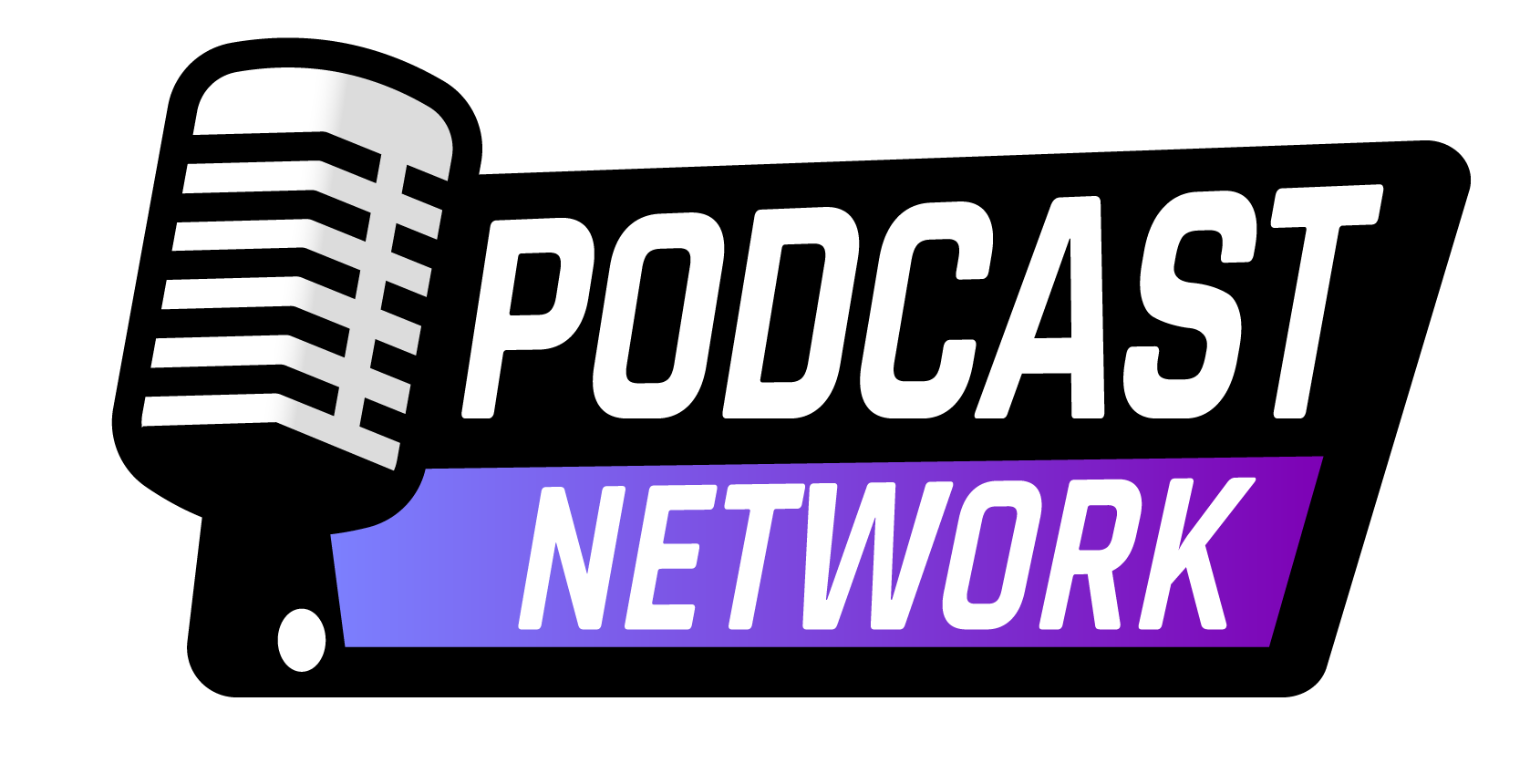Losing control of your mortgage payments can be a distressing experience, but there are multiple options to help you keep your home and stabilize your financial situation.
QueOnnda.com presents effective strategies and resources available in 2025 for U.S. Hispanic homeowners facing mortgage payment difficulties.
Talk to your lender

The first step is to establish contact with your lender or loan servicer.
Many financial institutions are willing to work with you to find solutions to avoid foreclosure. Among the options they may offer you are.
Temporary payment plans: These allow you to spread your overdue payments over a certain period of time, facilitating the regularization of your account.
Loan modification: Involves changes to the terms of your mortgage, such as reducing the interest rate or extending the term of the loan, which can result in more manageable monthly payments.
Deferment of payments: Consists of temporarily postponing mortgage payments, adding the deferred amounts to the end of the loan or establishing a specific payment plan.
Explore government assistance programs

The federal government and the states offer programs designed to support distressed homeowners.
Homeowners Assistance Fund (HAF): This federal program provides funds to help homeowners catch up on their past-due payments and avoid losing their homes. Each state administers HAF in a specific way, so it is essential to check with your local resources.
HUD-approved housing counseling: The Department of Housing and Urban Development (HUD) offers access to housing counselors who provide free or low-cost counseling to avoid foreclosure and explore viable options.
Mortgage forbearance

Mortgage forbearance is a temporary agreement with your lender that allows you to pause or reduce your payments for a specified period of time.
This option is particularly useful if you are facing temporary financial difficulties, such as job loss or unexpected medical expenses.
It is important to understand that at the end of the forbearance period, you will need to resume regular payments and address deferred amounts as agreed with your lender.
There are solutions for those who are behind on their payments
QueOnnda.com
This is useful if you are facing temporary financial difficulties, such as job loss.
Find out about state and local programs

In addition to federal initiatives, many states and municipalities offer specific mortgage assistance programs.
These may include grants, low-interest loans or one-on-one counseling to help you maintain your home.
To find out what options are available in your area, visit your state’s official government website or contact local housing agencies.
Be alert to possible scams
Unfortunately, there are entities that seek to take advantage of homeowners in vulnerable situations. To protect yourself.
Be wary of unrealistic promises: If a company guarantees to save your home in exchange for advance payments or sensitive personal information, it is likely a scam.
Verify legitimacy: Before providing information or money, confirm that the organization is approved by official entities, such as HUD.
Consult official sources: Use reliable government resources for information and assistance.
Consider selling the property as a last resort

If, after exploring all alternatives, you determine that it is not viable to keep the property, selling it may be an option to avoid foreclosure and protect your credit history.
This decision will allow you to pay off the outstanding debt and potentially conserve some equity for future housing needs.
Facing difficulties with mortgage payments is a challenging situation, but there are multiple resources and strategies to help you get through it.
Acting proactively, seeking appropriate advice and taking advantage of available programs are key steps to protecting your home and your financial well-being.
Remember that you are not alone; there are organizations and professionals willing to provide you with the necessary support in this process.
For more information, visit QuéOnnda.com.














